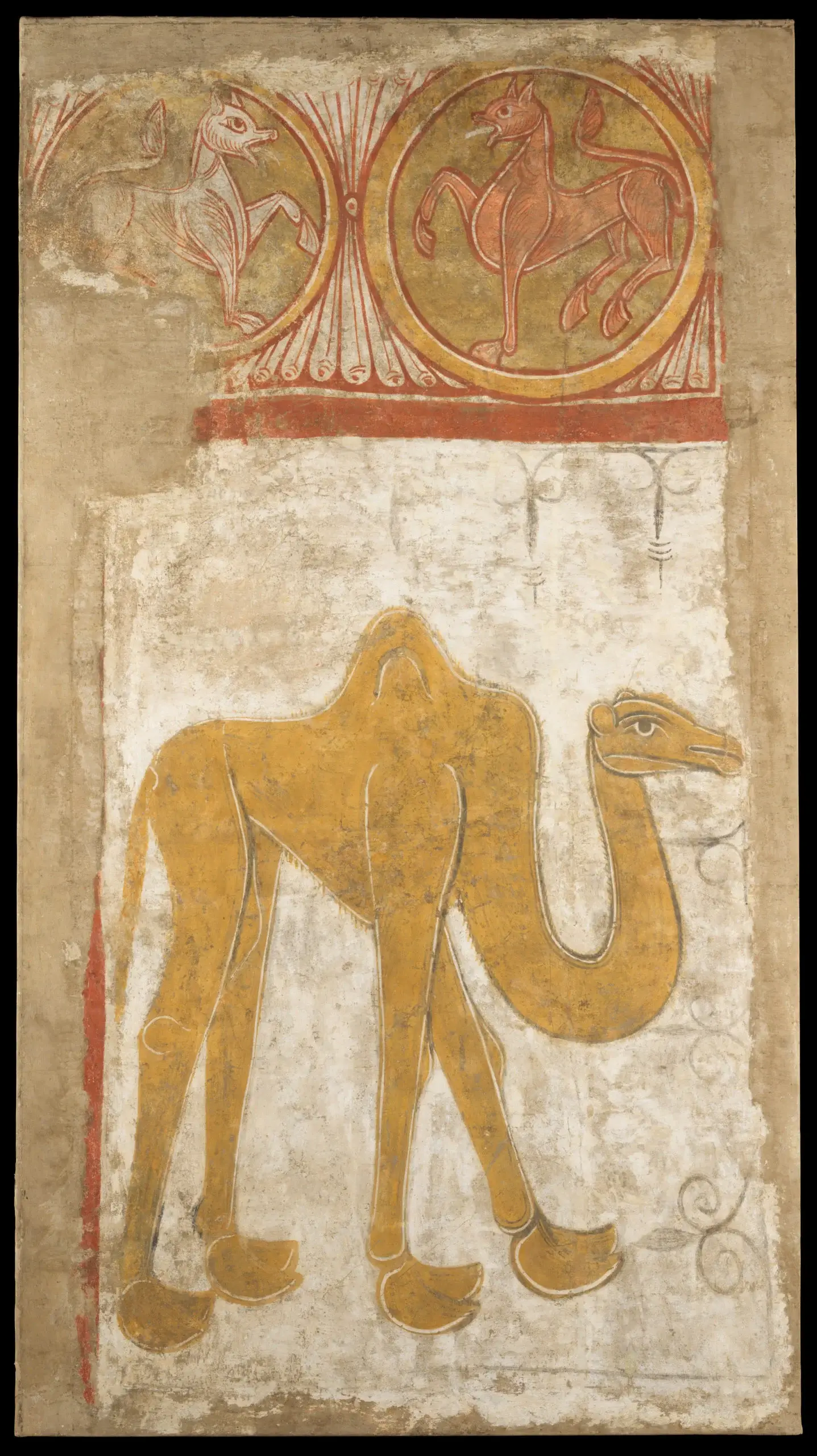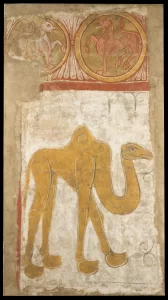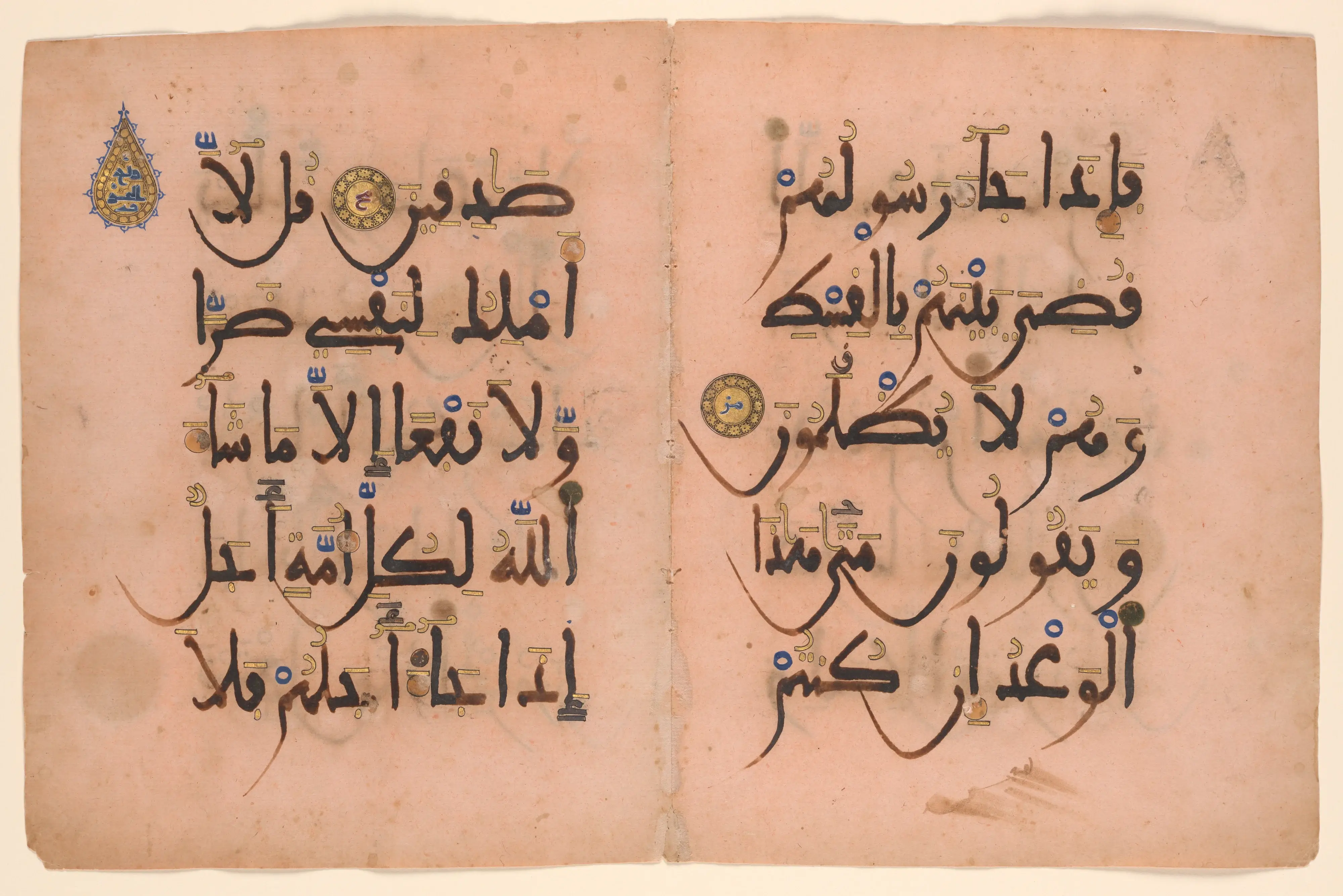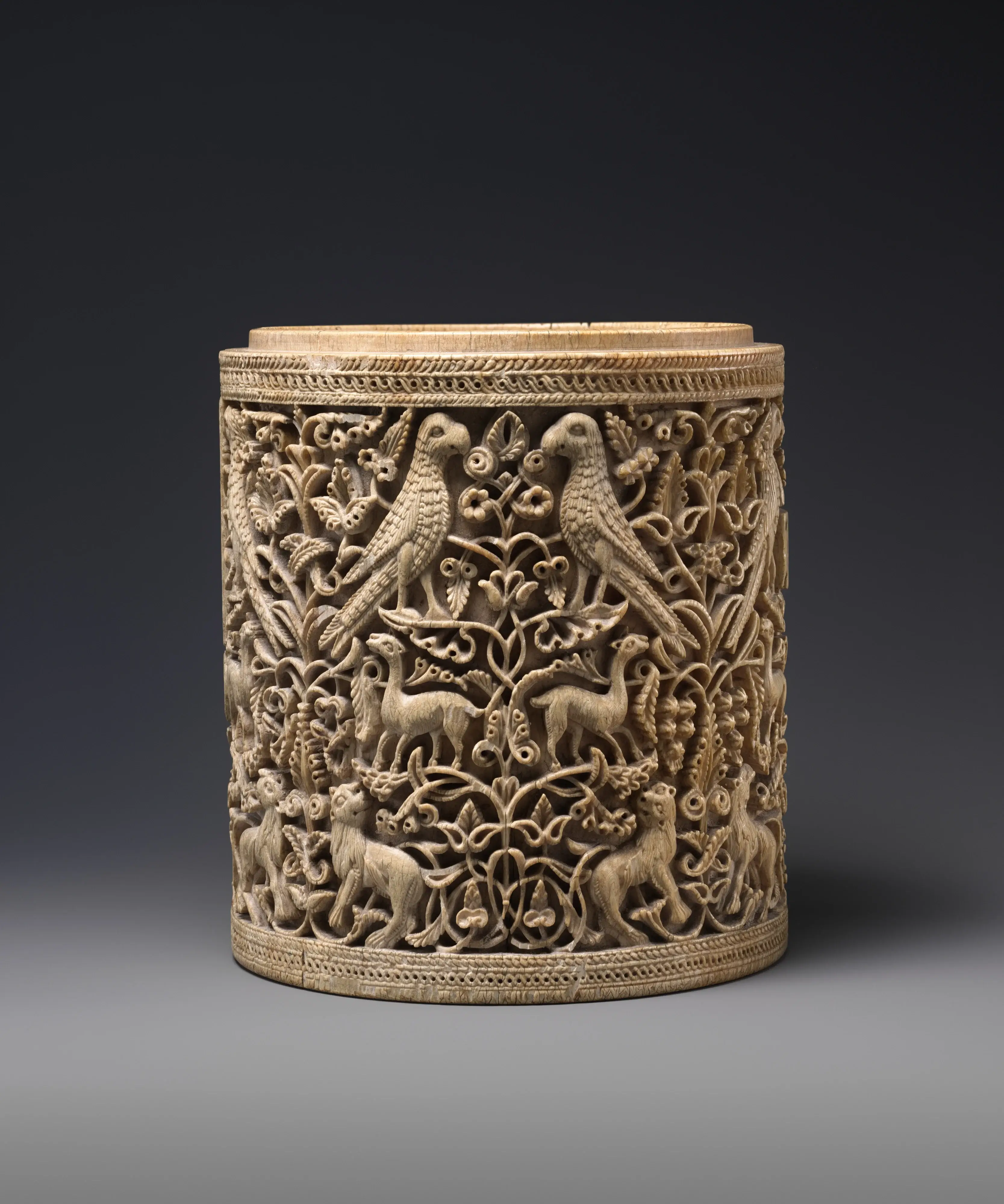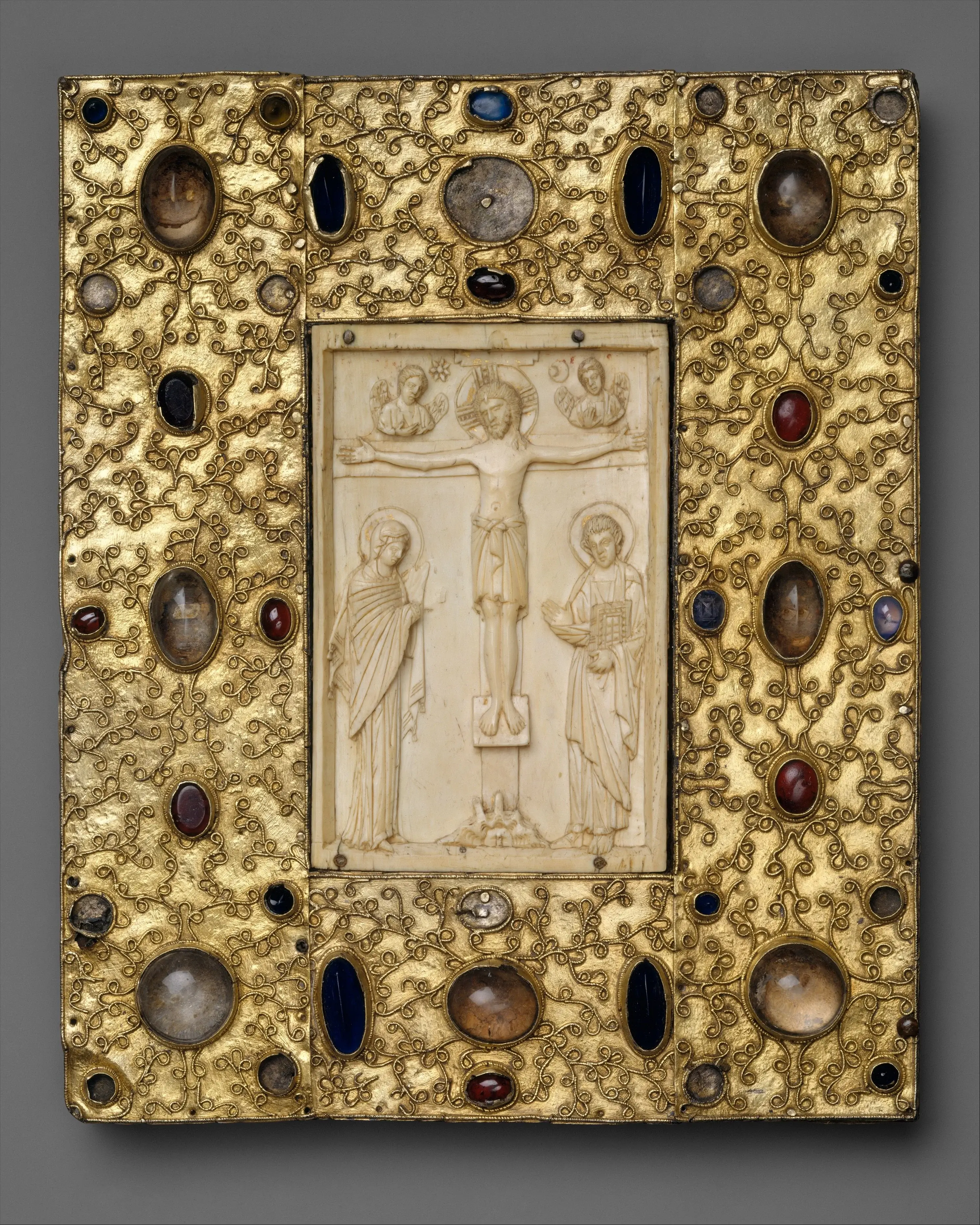In the very top of Manhattan, nestled in Fort Tryon Park sits a museum whose sturdy stone architecture emulates medieval Europe, and whose gardens of unusual flowers and herbs and an expansive view of the Hudson River remain picturesque. Though a place of reprieve from the bustling New York City streets, a static idyll, however, it is not. Visitors meander the Cloisters’ corridors daily, reading placards, whispering their impressions to their families, sometimes sketching an altarpiece, or snapping a quick photograph (without flash!) Currently, there is even more movement within the galleries as the Cloisters prepares to open its first temporary exhibition since the COVID-19 pandemic.
Spain, 1000–1200: Art at the Frontiers of Faith opening next week at the Met Cloisters on August 30, 2021 explores the medieval Iberian peninsula as a place of artistic vibrance, cultural interconnectedness, and shifting borders. We asked Assistant Curator of Medieval Art at the Cloisters Julia Perratore why she feels this exhibition of 1000-year-old objects still resonates today:
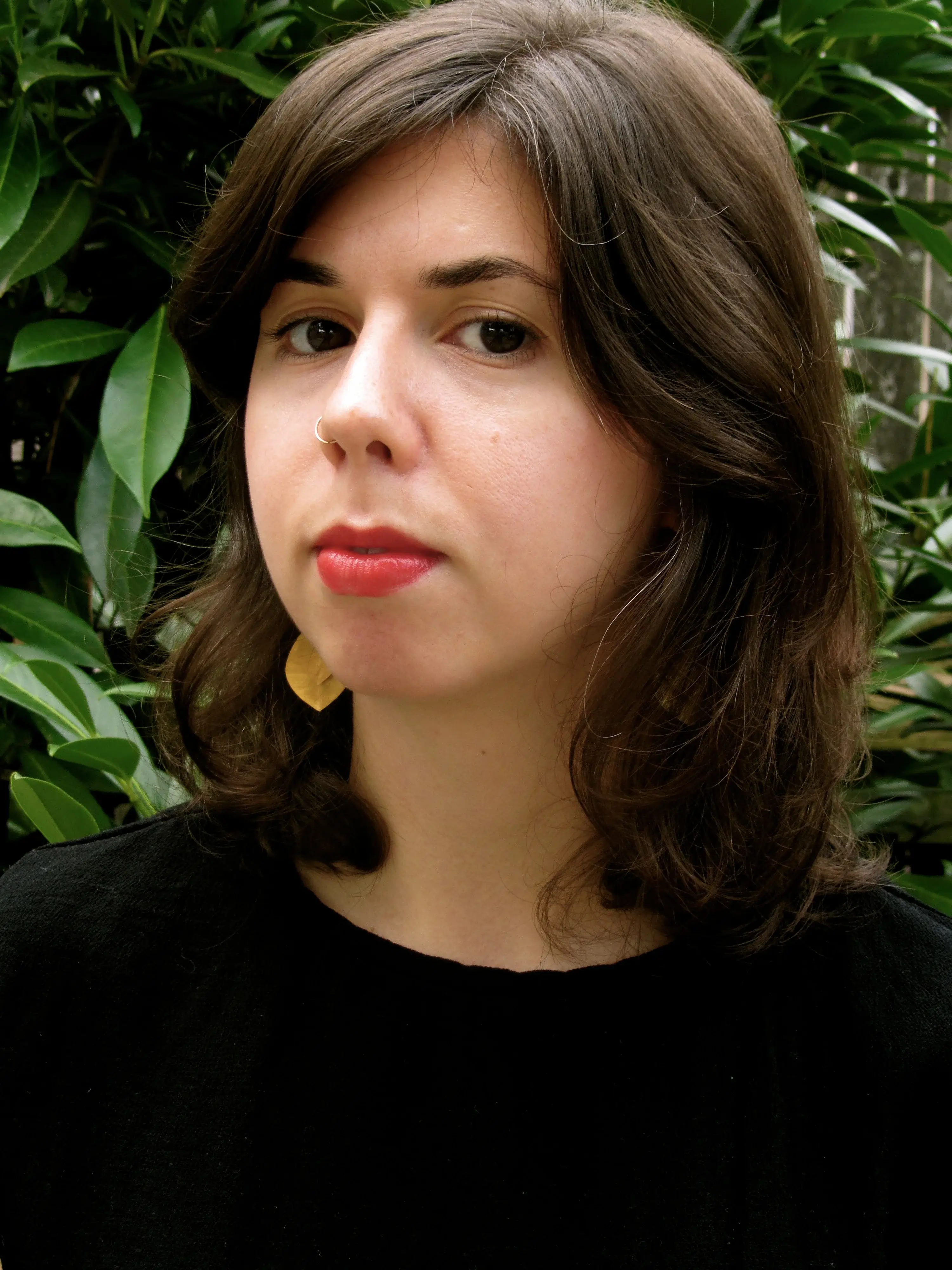
Julia Perratore, Assistant Curator at the Met Cloisters
“When I visit Spain, no matter where I go, I can feel all around me the central feature of its medieval legacy: the coexistence of Christians, Muslims, and Jews for over seven hundred years, from the eighth through the fifteenth century. Medieval Spanish convivencia transformed the visual arts because each faith’s separate artistic traditions intertwined to create something new. The impact was felt not only in the Iberian Peninsula, but also throughout Europe. Yet despite the importance of this history, I don’t think that many Americans are aware of it.
A series of spectacular exhibitions on the Iberian Middle Ages were staged in New York in the early 1990s to expose visitors on this side of the Atlantic to medieval Spain’s art and history, but I think it is time for a refresher course! This is because there is so much in medieval Spanish art and history that is so familiar to us.
As a Queens native, medieval Spain’s religious and ethnic diversity particularly resonates with me because cross-cultural interactions have always been a regular feature of my daily life. It is exciting to look into the past and see an experience that I recognize, and I find that getting to know the past better equips me to understand my own world.
I hope that visitors to the exhibition will also find something that they recognize in the artworks on view, which demonstrate how people of different backgrounds shared ideas and visual languages.”
Spain, 1000–1200: Art at the Frontiers of Faith opens August 30, 2021 at the Met Cloisters. Get a sneak peek at some of the exhibition below. Click on the photographs to learn more about the objects:

